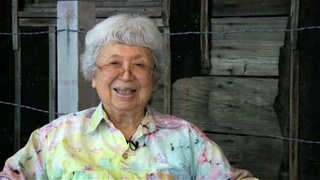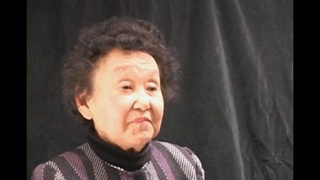Encountering a train full of Japanese Americans being transported to a concentration camp
And then one time—this was very hush-hush—but a train stopped late one afternoon. I presume it came from the coast somewhere, and I serviced it with water, ice, and there was a guard on each end with the shades all drawn. I had to go inside to service the water. When I went in, that's all I saw: Japanese. All Isseis and Niseis, and I don't know about Sanseis, but all Japanese. I thought, “Holy crow! Holy mackerel!” Then it dawned on me, I inquired. They weren't supposed to talk, they weren't supposed to show their face, I wasn't supposed to do anything, but they were headed for Heart Mountain. And I says, “Oh.” I serviced them, and that was the last I saw of them. They went to Heart Mountain, Wyoming. And at a different time, another train came through during my shift that had nothing but evacuees on it, going to Heart Mountain.
Date: March 15 & 16, 2006
Location: Washington, US
Interviewer: Megan Asaka
Contributed by: Denshō: The Japanese American Legacy Project.













